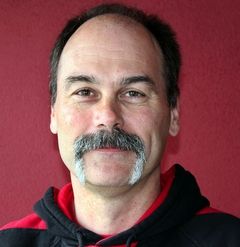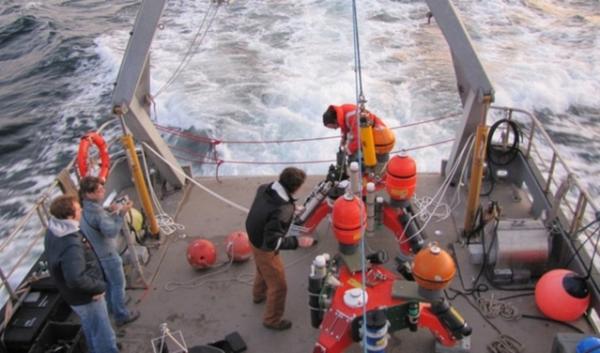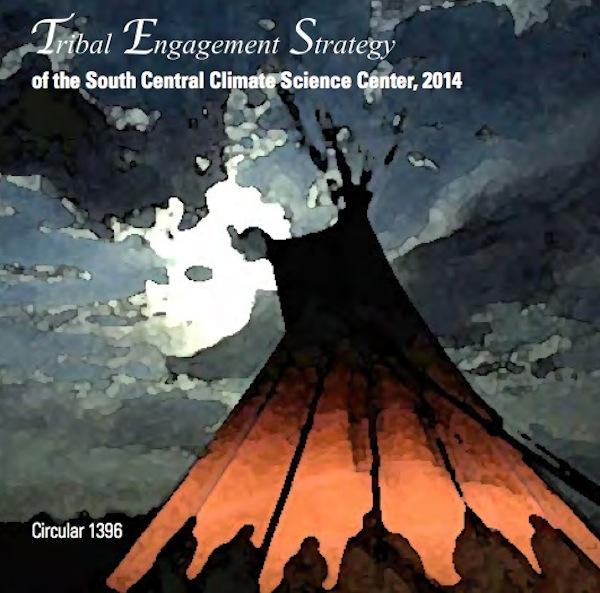Federal and tribal officials hail effort to dismantle violent, crime-ridden gang as its 26th and 27th members are sentenced.
By Randy Furst, Star Tribune
Two members of the Native Mob crime gang — one of them its “undisputed leader” — were sentenced to lengthy prison terms Tuesday, as federal authorities wrapped up their crackdown on the American Indian gang that prosecutors said had terrorized reservations and urban communities in Minnesota and other states.
“It’s a lot safer in Indian Country than it was two years ago, now that all the arrests and convictions have been made,” said Gary Frazer, executive director of the Minnesota Chippewa tribe at Cass Lake, on Tuesday. “There seems to be less crime than there was before. It seems like they [the Native Mob] are still around but not as active as they once were.”
director of the Minnesota Chippewa tribe at Cass Lake, on Tuesday. “There seems to be less crime than there was before. It seems like they [the Native Mob] are still around but not as active as they once were.”
The two Native Mob members sentenced on Tuesday by U.S. District Judge John Tunheim were gang leader Wakinyan Wakun McArthur, 36, who received 43 years, and Anthony Cree, 26, called “a soldier ” in the gang, who was sentenced to 24 years. Both men are from Cass Lake, Minn.
” in the gang, who was sentenced to 24 years. Both men are from Cass Lake, Minn.
It brought the number of gang members sent to prison to 27, according to federal officials, and the 28th will be sentenced on Friday in U.S. District Court.
“It was a concerted effort by law enforcement statewide to do whatever is possible to dismantle the gang,” said Assistant U.S. Attorney Andrew Winter, who prosecuted the gang with Steven Schleicher. “We recognize that is a near impossible feat, but the aim was to really curtail this gang’s activity and break the gang as much possible.”
Charging the gang members with racketeering, conspiracy, murder, attempted murder, distribution of drugs and other crimes, prosecutors went on a frontal assault unprecedented in tackling crime in Indian Country. “I would characterize it as very successful ,” said Winter.
,” said Winter.
Security was tight Tuesday, with extra security guards and deputy marshals in the courtroom and courthouse lobby.
was tight Tuesday, with extra security guards and deputy marshals in the courtroom and courthouse lobby.
Prosecutors called McArthur the “undisputed leader of the Native Mob … wielding extraordinary authority and control over Native Mob members.”
They said he ran gang council meetings where crimes were planned and sought to resolve disputes within his own gang, so as to concentrate on “rival gang members, rival drug dealers, informants, police officers and cooperating witnesses.”
In a 2006 letter, he encouraged other gang members to “whack” a rival gang member. Prosecutors said he meant to kill him, while McArthur testified he only intended to assault him.At his trial, Prosecutors were seeking a life term, plus 30 years, but under the 43-year sentence, he could be free after 36 ½ years.
after 36 ½ years.
“You have what anyone would agree was a horrible childhood,” Tunheim said. “No one should have had a childhood like that.”
But, Tunheim said, from age 12 on, McArthur was engaged in crime. “I understand you were trying to bring some control over this gang,” Tunheim said, “but as it spiraled out of control you became as culpable as all the rest.”
When invited to speak, McArthur wept as he told Tunheim he wanted a future “however I can get it … There was no excuse,” for what he had done, McArthur said. In the gallery sat members of his family , including his mother, girlfriend and a small child.
, including his mother, girlfriend and a small child.
His attorney, Fred Goetz, said, “He’ll get out someday and I hope he’ll follow the judge’s words, do his time and get out.”
Also sentenced Tuesday was Anthony Francis Cree, 27, who received 24 years, convicted by a jury for attempted murder and related gun charges in support of racketeering. Prosecutors asked for a life term, citing his role in the 2010 shooting of a suspected snitch, who was shot three times while walking with his daughter. The child “narrowly escaped being struck by the bullets as demonstrated by a .40 caliber bullet hole in the shoulder-strap of her backpack,” prosecutor Winter wrote in his brief. Cree claimed he was unaware that the shooting was going to take place.
His attorney, John Brink, sought an eight-year sentence and Cree pleaded with Tunheim for lenience. “I didn’t hurt nobody, I didn’t shoot nobody, I didn’t kill nobody,” he said. His mother, Donna Bunker, cried as the sentence was announced.
William Earl Morris, 37, another Native Mob member, was scheduled to be sentenced Tuesday, but the sentencing hearings ran so long, it was reset for Friday.Tom Heffelfinger, U.S. attorney under President George W. Bush, hailed the prosecutions. “It is precedent-setting by the Department of Justice,” he said Monday.
Investigations of gang problems began under Bush and continued under Obama, he said. “It is really a fulfillment of a commitment made by both administrations and carried out by the Obama administration.”
Clyde Bellecourt, a founder and national director of the American Indian Movement, said Monday he believed that the prosecutions will have only a “slight” effect in reducing violence, but were welcomed by the families “who have lost loved ones” in gang-related deaths.
“who have lost loved ones” in gang-related deaths.
He said the Indian community continues to face very high rates of unemployment and severe poverty and homelessness that collectively foster conditions that lead youth to join gangs. Until those problems are solved he said, “the gang situation is going to continue.”
of unemployment and severe poverty and homelessness that collectively foster conditions that lead youth to join gangs. Until those problems are solved he said, “the gang situation is going to continue.”











